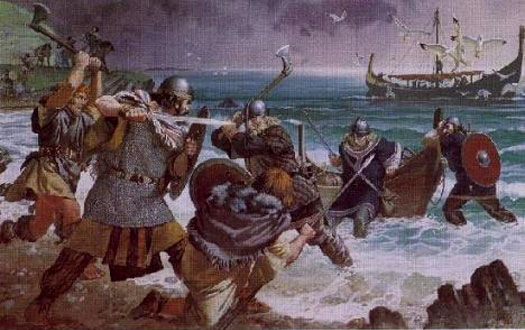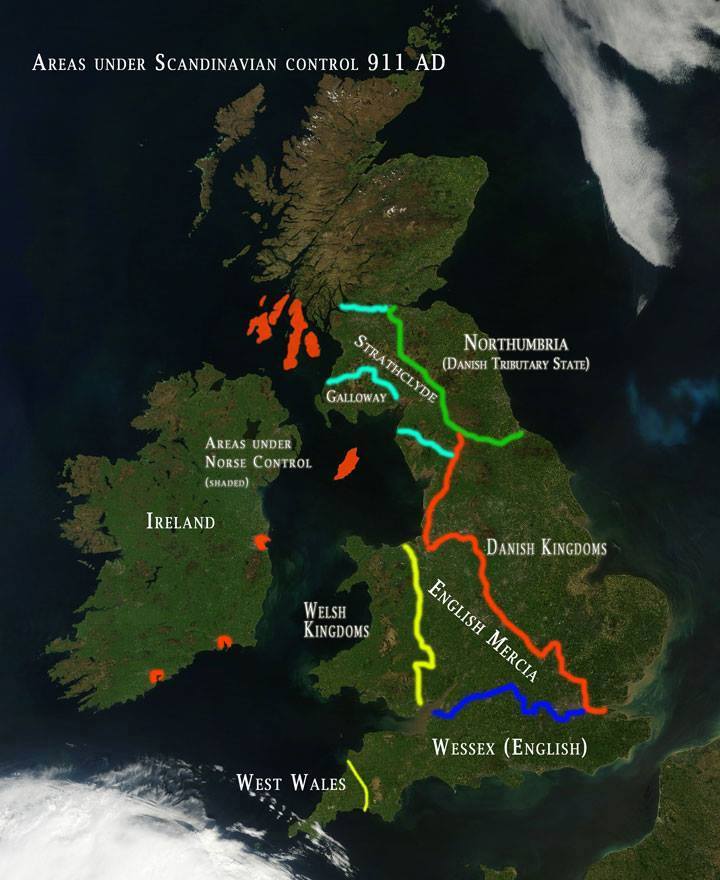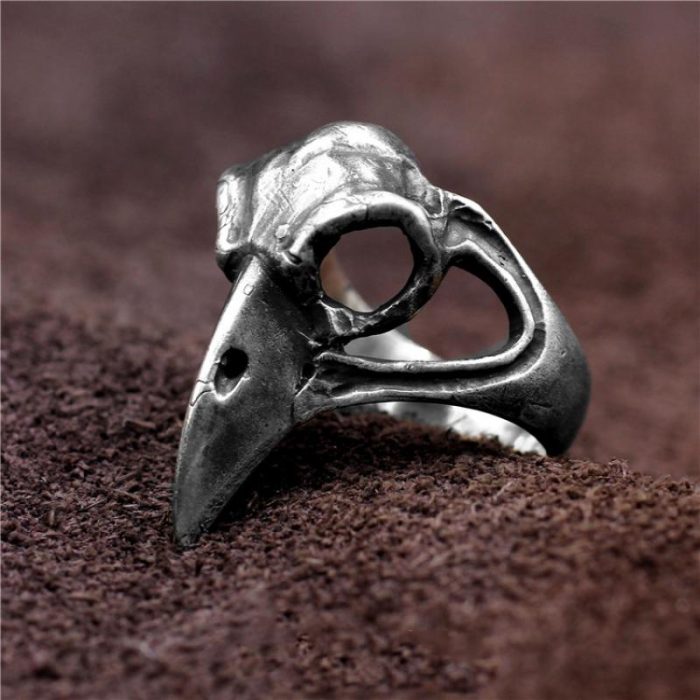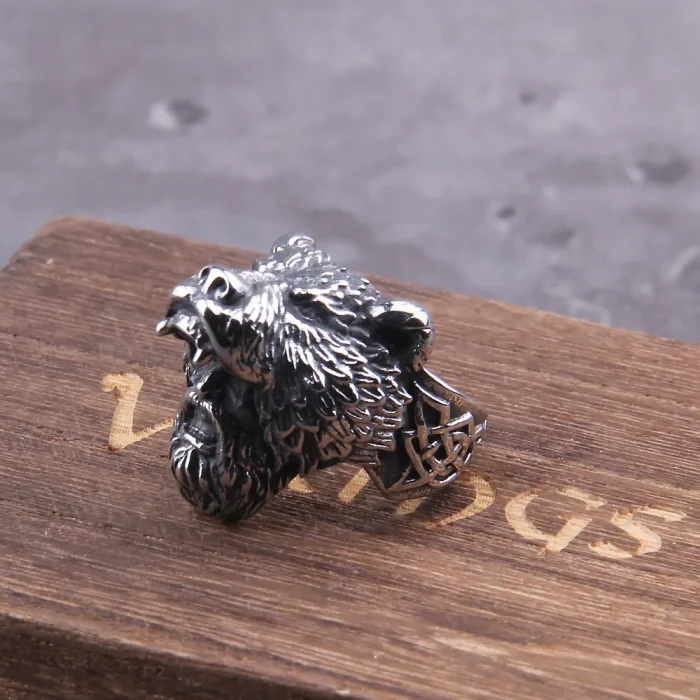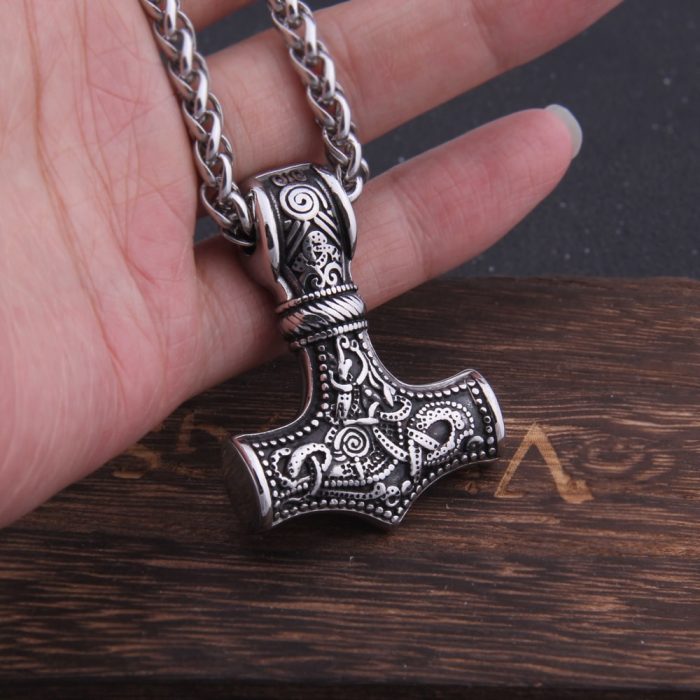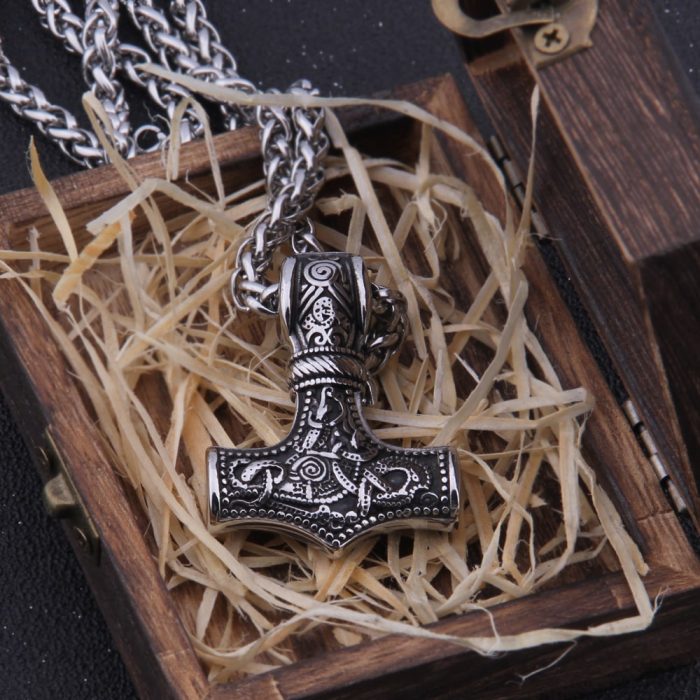Nordic Discovery
Vikings invade British Island
Initial wars, defeated and retreated
In April 871 after King Æthelred’s death, Alfred inherited and ascended the throne of Wessex and had to bear the burden of protecting it, despite the fact that King Æthelred had two young sons named Æthelhelm and Æthelwold . The inheritance was in accordance with the terms of the agreement that Æthelred and Alfred had agreed to a year earlier when they joined forces at Swinbeorg. The brothers had agreed that whichever one of them outlived the other would inherit the estate that their father Æthelwulf had bequeathed to his sons. The sons of the deceased will receive only the property and wealth that their father divided among them. What was in the agreement was not made public that the surviving brother would be king. Due to the ongoing Danish invasion, Alfred’s young grandsons probably did not argue with him over the succession. however tensions between Alfred and his nephew, would arise later in his reign.
While he was busy with the rites to bury his brother, the Danes defeated the English – in his absence – in a place no one can remember by name and then again. defeated the British again and this time with his presence at Wilton in May. The successive defeats at Wilton erased any remaining hope Alfred had of driving the invaders out of his kingdom. . Instead he was forced to negotiate to “make peace” with them. Ancient sources do not specify what the terms of peace were. Bishop Asser brought hidden gold out of the haystack (to finance Alffred – he was a catholic king), and announced that the “infidels” would agree to withdraw from the area and fulfill his promise. They and, indeed, the Vikings withdrew from Reading in the autumn of 871 to winter in Mercian London. Although neither Asser nor Anglo-Saxon chroniclers mention it, it is more likely that Alfred had to pay cash for the Vikings to withdraw, just as the Mercians had to do the following year. In the following years the Danes invaded other parts of England. However, in 876 under the command of their new leader – Guthrum – the Danes again overcame the British army and attacked and occupied Wareham in Dorset. King Alfred attempted to blockade them, but was unable to recapture Wareham by attack. Instead he decided to proceed with peace negotiations, which involved the exchange of hostages and the same oath that the Danes had to swear under a “holly ring” along with swearing before Thor (the Norse god). However, the Danes reneged on their oath and, having killed all the hostages, marched away in the night to the city of Exeter in the Devon region. There, Alfred had to again besiege and blockade them and with one of their relief fleet destroyed by a storm, the Danes were forced to their knees. They retreated to Mercia but in August they launched a surprise attack on Chippenham, a stronghold where Alfred had stayed for Christmas”, and most of the people there were killed by the Vikings. died, except that King Alfred and him with a small army of his men made a path of wood and withdrew into a marsh and after Easter he built a fortress at Athelney in the swamps of Somerset, and from this fortress he continued to fight against his enemies.” From his fortress at Athelney, a swampy island near North Petherton, Alfred was able to launch a very effective resistance movement, rallying warriors from Somerset, Wiltshire and Hampshire . This was the worst time in the history of the Anglo-Saxon kingdoms, all of their remaining kingdoms fell to the Vikings, and Wessex alone remained standing.
Counterattack and victory
During the seventh week after Easter [May 4-10, 878], near Whitsuntide, Alfred rode to the ‘Egbert of Stone’ – east of Selwood, where he met with “all both the people of Somerset and of Wiltshire and part of Hampshire – on this side of the strait [meaning west of Southampton Water] and they were delighted to see him”. Alfred’s revolt from his swamps was part of a carefully planned attack that included the revolt of three fyrds from three counties. This event meant that the king not only had the loyalty of his dukes, royal lords, and even his entourage (who would join the attack with the conscripts and would lead the charge). this force), but they still maintain their position in the local government and are ready to rally at Alfred’s summons and come to prepare for battle. Alfred’s men also proposed a sophisticated system of reconnaissance and communication. Alfred won a decisive victory at the Battle of Ethandun, which took place near Westbury, Wiltshire. He then pursued the Danes as far as their stronghold at Chippenham and waged a starving siege that forced them to surrender. One of the conditions of surrender was that Guthrum (leader of the Danish Vikings) converted to Christianity and three weeks later the king of Denmark and his 29 chieftains were baptized at Alfred’s castle at Aller near Aller. Athelney and Alfred adopted Guthrum as their spiritual son, a “voluntary blessing ceremony” that took place with great festivities lasting eight days at the royal residence at Wedmore – Somerset, which Guthrum completed. his promise and left Wessex. There is no evidence today that Alfred and Guthrum agreed to a formal treaty at the time, the so-called Treaty of Wedmore being a creation of modern historians. The Treaty of Alfred and Guthrum in English preserved at Corpus Christi College – Cambridge (manuscript number 383) and a Latin translation called the Quadripartitus were later negotiated, probably in 879 or 880 , when King Ceolwulf II of Mercia was deposed. It was the treaty that divided Mercia’s kingdom. Under the terms of this agreement the boundary between the kingdoms of Alfred and Guthrum would be the River Thames and the River Lea. In other words, Alfred extended his kingdom both into Ceolwulf, including Western Mercia and Guthrum occupying the eastern part of Mercia and into an extended East Anglia kingdom (henceforth the region was known as Danelaw). ). Furthermore, under the terms of the treaty, Alfred had control over the city of London and its resources – at least for the time being. The territory of the kingdom of Essex (East Saxon), occupied by the king of West Saxon since the time of King Egbert, was not made clear in this treaty, as Alfred had military and political superiority one would be surprised. However, if he would admit to any territorial disputes with his new godson.
Years of Peace and Reconstruction of London
With the signing of the Treaty between Alfred and Guthrum, a solemn event that took place around 880 when Guthrum’s men began to arrive and settle in East Anglia, Guthrum was neutralized and no longer a a threat. With this agreement a Danish army left the island and went to Ghent. However Alffred was still forced to face some threat from the Danes. A year later, around 881, Alfred had a small naval battle at sea with four Danish “oceanic” ships. Two of these ships were destroyed and the others surrendered to Alfred’s forces. These were small skirmishes similar to those of the “independent bandits” who robbed for a long period of decades that they had to endure.
After signing the treaty with Guthrum, Alfred did not have to participate in any large-scale conflict for a period of time. Although this was a period of relative peace the king still had to deal with a number of attacks and incursions by the Danes. Among them was a raid that occurred at Kent, an alliance of states in southeastern England in 885, possibly the largest raid since the end of the battles with Guthrum. . Asser’s records show that the site of the Danes’ raids was the Saxon city of Rochester, who even built a makeshift fortress to besiege the city. In response to this incursion Alfred led an Anglo-Saxon army against the Danes, not just the Wessex army, causing the Danes to flee their beaches and sail to a part of the country. other from the UK. This Danish force was withdrawn and left Britain the following summer.
Not long after the unsuccessful Danish attack on Kent Alfred sent his fleet to East Anglia. The purpose of this expedition is disputed, although Asser claims that the expedition was for plunder. After going up the River Stour Alfred’s fleet met Danes – between 13 and 16 (sources give different numbers) and a war ensued. The Anglo-Saxon fleet was victorious, and according to Huntingdon’s account, they were “full of spoils.” The winning team was caught unknowingly trying to escape to the river. At the mouth of the River Stour Alfred’s fleet was suddenly attacked by a Danish fleet. The Danish fleet may have defeated Alfred’s fleet because it was likely weakened in the previous battle.
A year later in 886 Alfred recaptured the city of London and brought it back to life. Alfred delegated management of the city to his son-in-law – Æthelred, Duke of Mercia. London’s recovery was very rapid in the second half of the 880s and it is said that the rebuilding process revolved around a plan to add new streets, to build more fortifications outside the built walls. Roman times and some sources suggest that the result of these constructions was the fortifications on the south bank of the Thames. This was also the time when nearly all historians agree that the Saxons of an unresolved England submitted to Alfred. This is not a coincidence, however, as Alfred was previously known as the king of England, in fact he never accepted the title for himself. In fact, the strength of the British that Alfred is holding at this time seems to derive mainly from the military power of West Saxon (Wessex), Alfred is the bridgehead to connect political connections. from the rulers of the likes of his son-in-law in Mercia and Alfred’s talent for management.
Between the reconstruction of London and the resumption of large-scale Danish raids at the beginning of Alfred’s reign in 890, there were not many major events. The relative peace of the 880s was finally disturbed by the death of Alfred’s sister – Æthelswith – who died en route to Rome in 888. In the same year, the Archbishop of Canterbury – Æthelred also passed away. life. A year later Guthrum or Athelstan – by his baptismal name, Alfred’s former rival and king of East Anglia died and was buried at Hadleigh, Suffolk. Guthrum’s death marked a change in Alfred’s handling of politics. It (Guthrum’s death) also created a power vacuum and would stir other power-ambitious lords a desire for their place in the years to come. Alfred’s years of peaceful life have come to an end and war is seen on the horizon.
Viking attacks repelled
After a lull in the fall of 892 or 893, the Danes attacked again. Their position in mainland Europe was rather precarious, they crossed over to Great Britain with 330 ships divided into two semi-teams. They entrenched themselves, the larger force stationed at Appledore, Kent and the smaller force under Hastein’s command at Milton, also in Kent. The invaders brought their wives and children with them, indicating that the effort this time meant conquest and settlement. Alfred in 893 or 894 occupied a position from which he could observe both enemy fleets. While he was holding a negotiation with Hastein, the Danes at Appledore made war and moved northwest. They defeated Alfred’s eldest son, Edward, but were defeated in a great battle at Farnham-Surrey. They fled and hid on an island in Colne Hertfordshire, where they were besieged and eventually forced to surrender. Part of this army returned to Essex and, after a defeat at Benfleet, rejoined Hastein’s forces at Shoebury.
Alfred was on his way to reinforce his son at Thorney when he heard that the Danes of Northumbrian (this Saxon kingdom had also been taken by the Danes) and East Anglian besieged Exeter and a city. nameless fortress on the North Devon bank. Alfred rushed west and set up the siege of Exeter. The outcome of conflicts elsewhere has not been recorded. Meanwhile, Hastein’s forces were marching up the Thames Valley, possibly with the intention of supporting their brethren to the west. But they were stopped by a large force led by the three Dukes of Mercia, Wiltshire and Somerset and forced to travel northwest, finally defeated and blockaded at Buttington. An attempt to cross the British lines was defeated. Those who escaped the encirclement retreated to Shoebury. Then, having gathered reinforcements, they launched a sudden jolt across the breadth of England and occupied the ruined Roman wall of Chester. The British did not attempt a blockade during the winter, but they destroyed all supplies entering the city. In early 894 (or 895), the Danes were forced to return to Essex for food. At the end of that year and the beginning of 895 (or 896), the Danes rowed their ships up the Thames and Lea and took up a defensive position about twenty miles (32 km) north of London. A direct attack on the Danes was unsuccessful, and later in the year Alfred found a means of blocking the river and blocking the exits of the Danish ships. The Danes have realized that they have been clearly better. They attacked north to the west and wintered at Cwatbridge near Bridgnorth. The next year, 896 (or 897), they gave up the fight. Some come and rest in Northumbria, some go to East Anglia. Those who had no ties to England withdrew to mainland Europe.
Translation and editing : Viking Sons Of Odin

